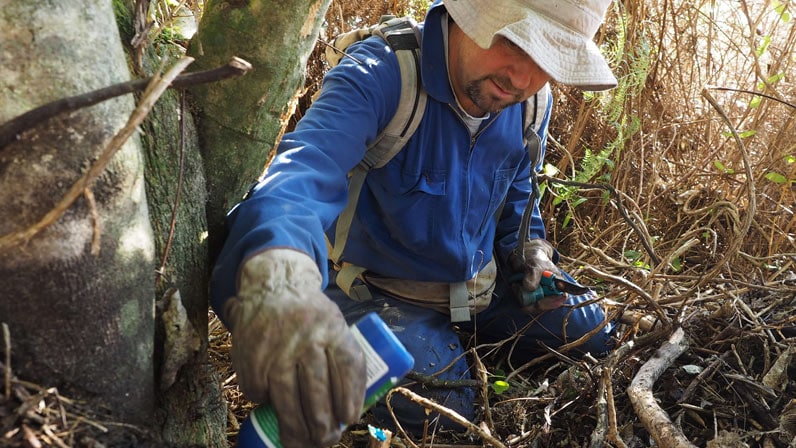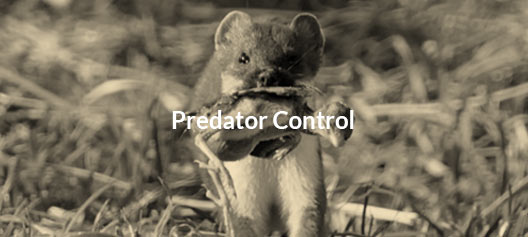The Filthy 14
While there have been 113 different weed species identified in the Abel Tasman National Park, Project Janszoon and the Abel Tasman Birdsong Trust are particularly interested in what we call the “filthy fourteen”.
Each of these plants poses a threat to the park in different ways. If you see or suspect any of these species in or around the park, please let us know. You can email sightings to [email protected] or via the ‘Have you seen this?’ section of the Abel Tasman Phone App.






